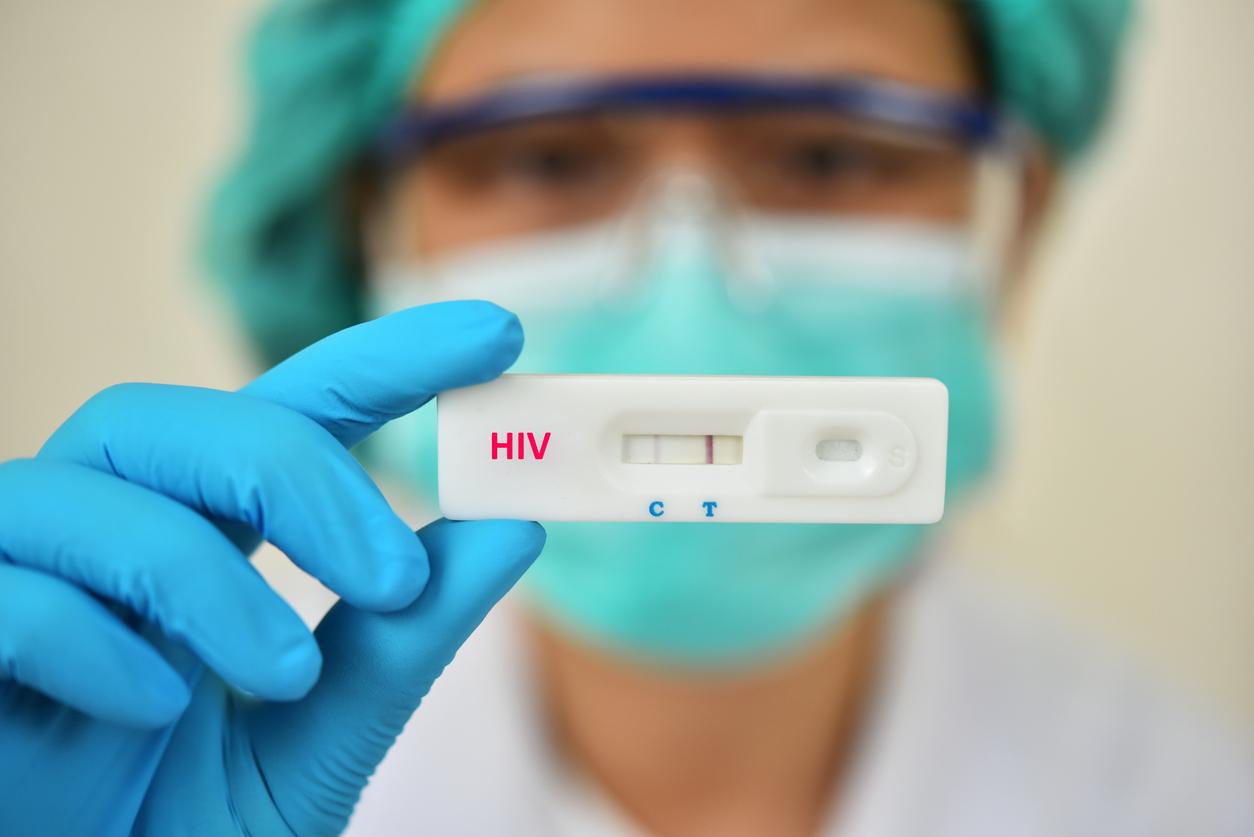Approximately 220,000 hip or knee prostheses are fitted each year. The infection of these implants is rare but it affects approximately 2500 people per year, according to figures from the High Authority for Health.
When it occurs in the first month following the operation, it is considered an emergency as a nosocomial infection. It must be treated quickly to preserve joint function. The HAS recommends that the team that fitted the prosthesis take care of the patient again for this complication.
People at risk
Certain risk factors for prosthesis infection have been identified:
– Diabetes
– Obesity (a body mass index greater than 40)
– Rheumatoid arthritis
– cirrhosis
– Active smoking.
But none of these risk factors predicts the occurrence of early infection. It is therefore important for the patient and his entourage to monitor the warning signs.
Early infection: the warning signs
– Pain, swelling and sometimes redness.
– Healing problem: swollen, red or hot scar. Discharge, even if not purulent.
– Reappearance or worsening of local pain after the operation.
– Degradation of the functions of the limb concerned or effusion in the knee.
– Fever or chills.
The consequences in case of early infection
As soon as the diagnosis of infection is made with certainty, surgery is necessary to clean the bone and the prosthesis. Sometimes the treatment may require changing the implant.
This surgical intervention also makes it possible to take a sample to adapt the antibiotic treatment to the microorganism responsible for the infection. This treatment is long and can last between 6 weeks and 3 months.


















